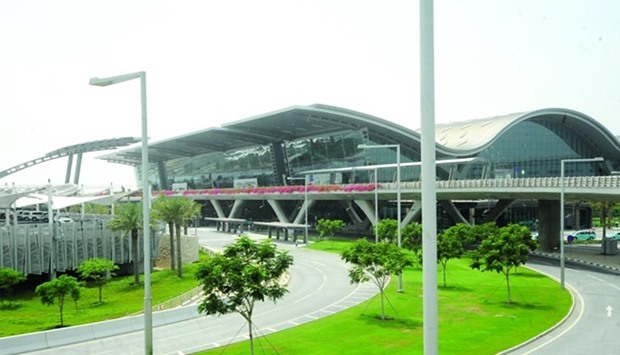Qatar received a whopping 305,014 visitors in March this year, the largest number of visitors to be welcomed into the country in one calendar month.
Further, the number of international visitors entering Qatar on leisure visit visas (tourist visas, personal visit visas, family visit visas, and transit visas) grew by 6% in the first quarter of 2016.
Qatar Tourism Authority’s (QTA) 2016 first quarter tourism performance report, revealed that visits to Qatar by nationals of other GCC countries increased by 11% while visits by nationals from other (non-Arab) African countries increased by 7% compared with the same period in 2015.
According to the United Nations World Tourism Organisation (UNWTO), Qatar is the only country in the Middle East region that has maintained consistent arrivals growth for over a decade.
But total visitor arrivals in the first quarter of this year (822,626) dropped by 2% compared with the same period in 2015. One of the reasons is due to the lower number of visitors from non-GCC Arab countries, the Americas, Europe and Asian countries including Oceania.
“Qatar continues to attract a healthy number of leisure visitors, signifying the growing portfolio of tourism offerings especially for visitors from the GCC who find Qatar a place where they can enjoy new experiences while benefiting from the comfort of shared language and heritage,” QTA’s chief tourism development officer Hassan al-Ibrahim said.
“This data offers us important insights as we step up our development and promotional efforts. It also helps us as we guide investors and work with our partners in the public sector on the expansion of Qatar’s leisure and business events offering, as well as the cruise industry,” he added.
Within the GCC, Saudi Arabian nationals have contributed to the majority of the growth in arrivals from the region.
Compared with the first quarter of 2015, arrivals of Saudi nationals have increased by 16% while arrivals of UAE nationals increased by 14%, and arrivals of Bahraini nationals rose by 2%.
Data shows that the number of visits spiked from March 9 to 18, which coincided with spring holidays in Saudi Arabia.
According to the UNWTO, Qatar had registered a 3.7% growth in annual arrivals in 2015, compared to 2014, and an average of 11.5% growth over the past five years (2010-2015), making it one of the fastest growing destinations in the world.
Meanwhile, occupancy rates in the tourist accommodation sector are aligning more closely with global averages, with an average of 70% for hotels and hotel apartments recorded for the quarter. This is 14% lower than the average occupancy rate in the first quarter of 2015, which reflects the growth in accommodation supply (11% increase in total room stock since end of March 2015) and the continued maturation of Qatar’s tourism industry.
Such drops in occupancy rates, along with simultaneous (albeit smaller) drops in average room rates, have led to declines in revenue per available room (RevPar) as well.
RevPar across the entire accommodation sector has declined by 20% between the first quarter of 2015 and the first quarter of 2016, with hotels dropping by 21% and hotel apartments by 14%.
However, the total revenue achieved across the accommodation sector has held stable between the same period at -0.3% as increased revenues from food and beverage and other sales has compensated for decreases in room revenues.

Hamad International Airport is a gateway to the world


